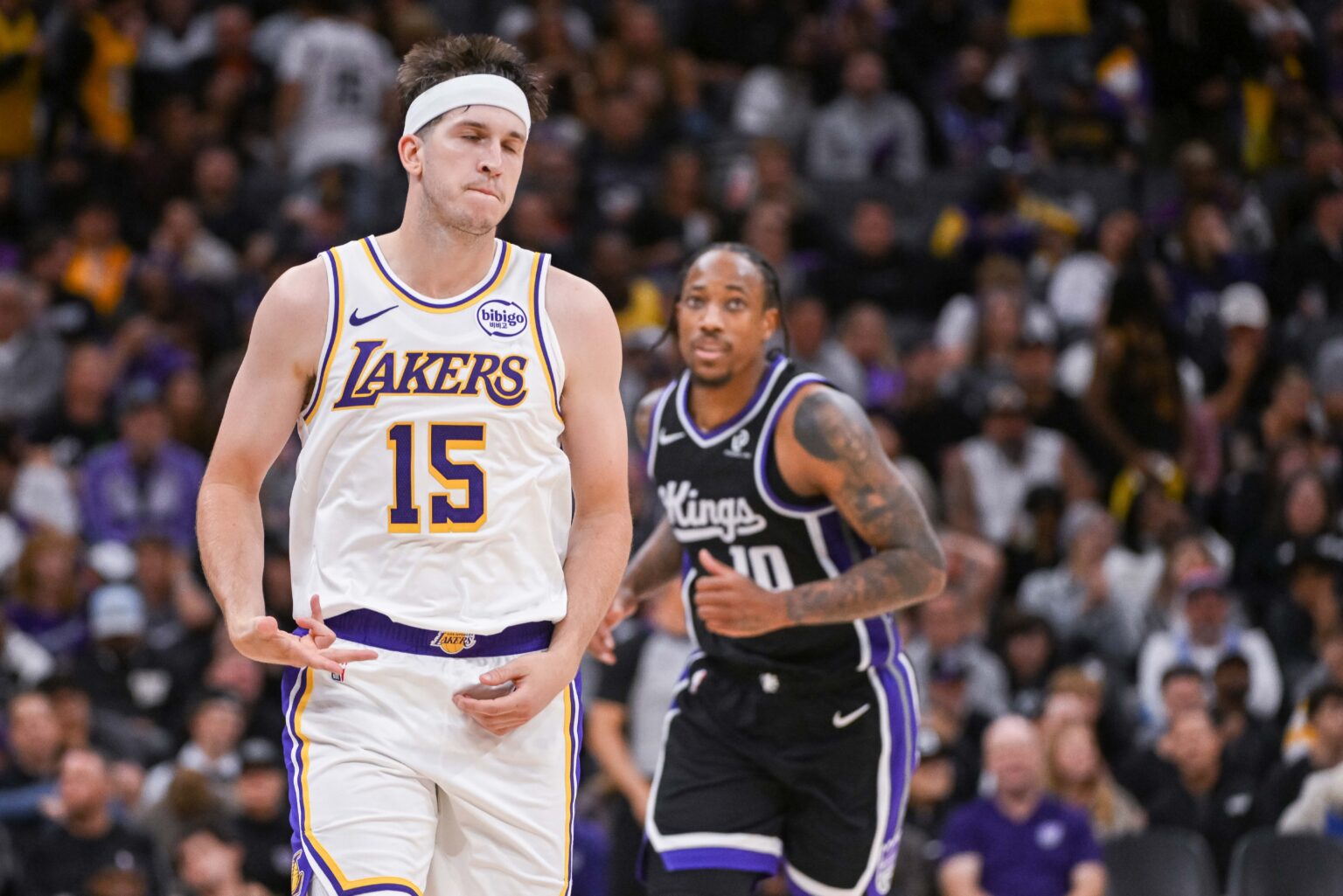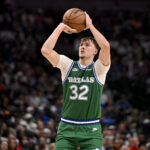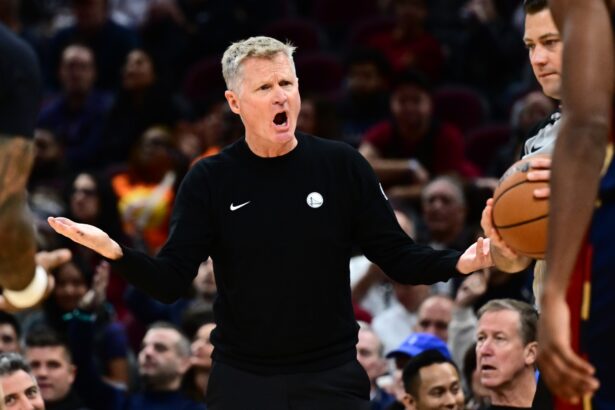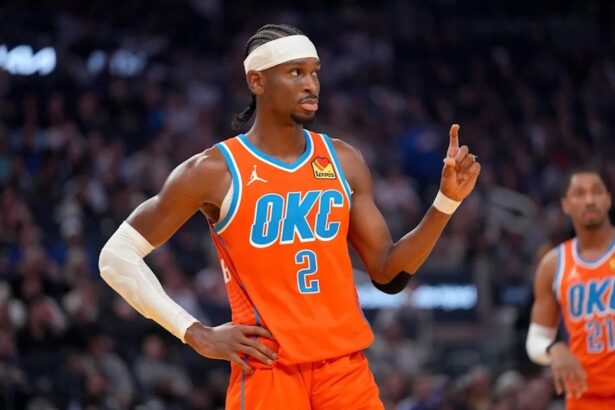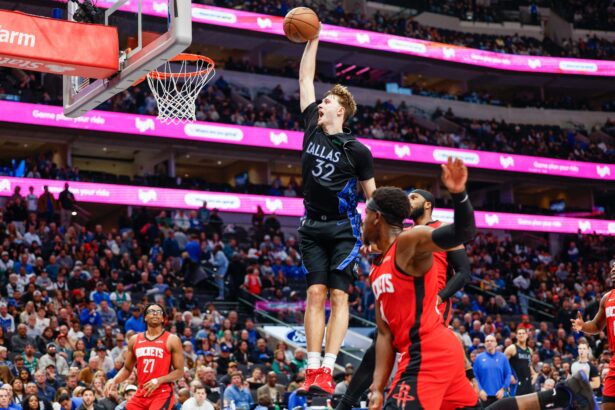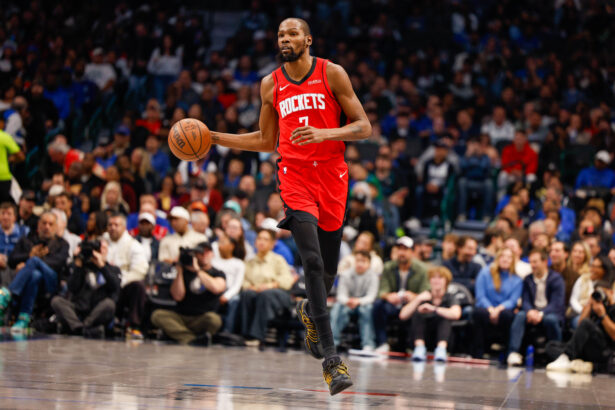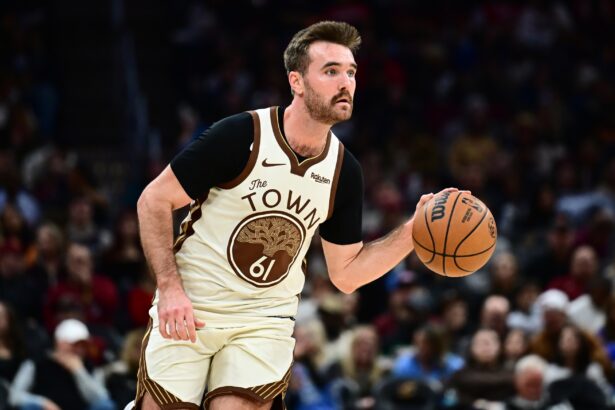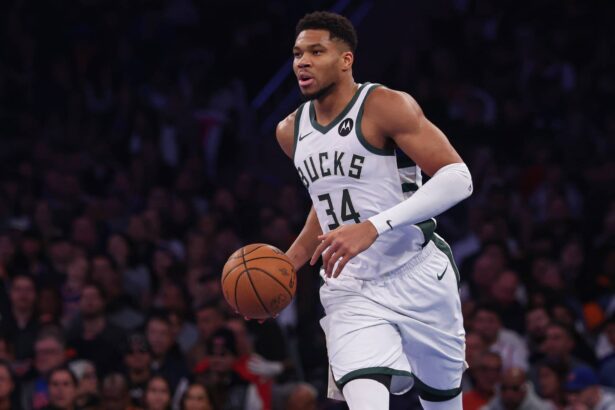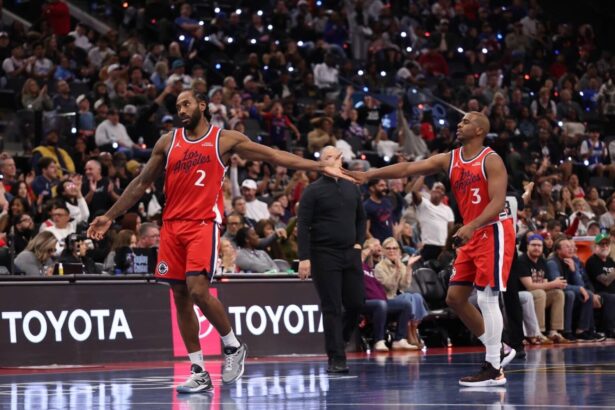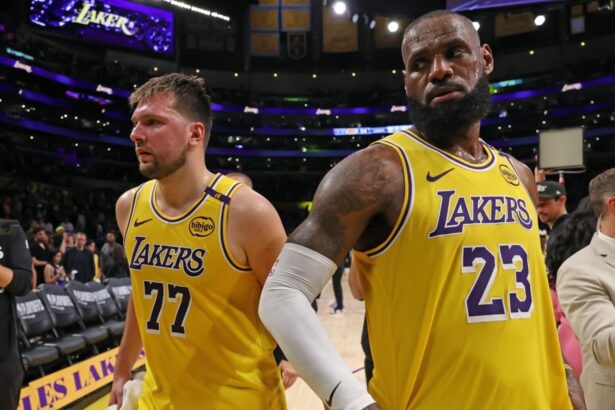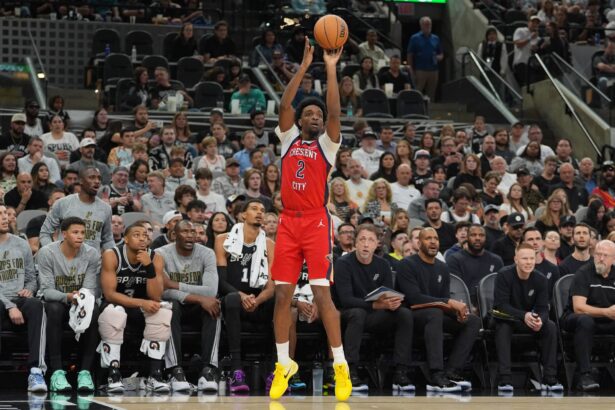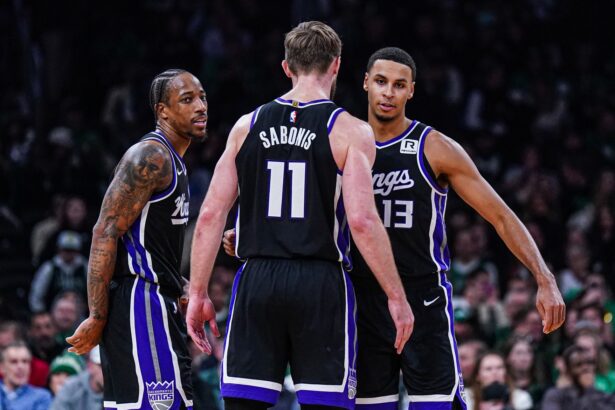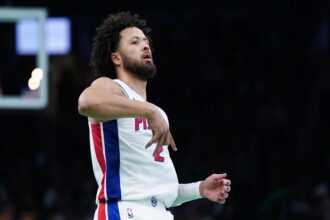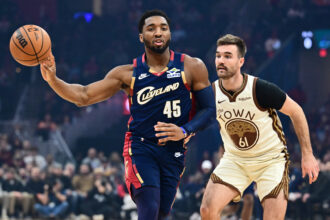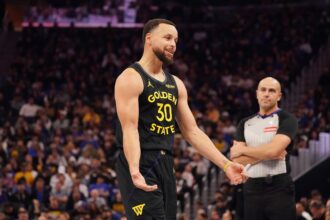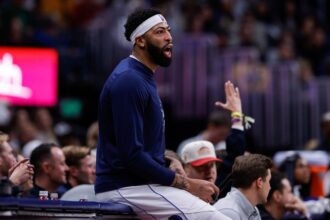When the Los Angeles Lakers announced that both Luka Doncic and LeBron James would miss Sunday night’s matchup in Sacramento, many expected the Kings to cruise to a comfortable home win. Instead, what unfolded was one of the most gutsy performances of the Lakers’ season.
Powered by an astonishing 51-point performance from Austin Reaves and backed by balanced contributions from Rui Hachimura, Deandre Ayton, and Marcus Smart, the Lakers stunned the Kings 127-120, proving that star power alone doesn’t guide what the team will do this season. Despite being short-handed, Los Angeles outworked and outlasted a Sacramento squad that shot the ball well from three but faltered in the details that separate good teams from great ones.
The Lakers leaned into their strengths: attacking the paint, getting to the free-throw line, and defending with structure. Even as Sacramento made runs behind Zach LaVine and Dennis Schroder, Los Angeles never panicked. They maintained their physicality and rode Austin Reaves, who put up one of the greatest performances by a Laker in recent memory. Here are three reasons why the Purple and Gold survived and defeated the Kings tonight.
1. Austin Reaves Took Over Like A Superstar
Austin Reaves delivered the best game of his career and one of the most memorable individual performances in recent Lakers history. With Doncic and LeBron unavailable, Reaves shouldered the entire offensive burden, and instead of cracking under the pressure, he thrived. He poured in 51 points on 12-of-22 shooting, while also grabbing 11 rebounds and dishing 9 assists, nearly recording a triple-double.
More impressive than his scoring volume was his efficiency: Reaves consistently attacked mismatches, created contact, and converted 21 of his 22 free-throw attempts. Every possession seemed to flow through him, and he responded every time. The Kings tried everything: switching defenders, blitzing, and trapping him off dribble hand-offs, but Reaves adapted each time.
When Sacramento cut the lead to two points in the fourth quarter, Reaves responded with 15 points in the final frame, including a clutch midrange jumper and several decisive trips to the line that sealed the win. This game elevated Reaves beyond the label of an “energy guy” or “secondary playmaker” and might become an untouchable piece for the franchise moving forward.
2. The Lakers Owned The Free-Throw Line And The Physical Battle
While Sacramento found rhythm from deep, hitting 18 threes to L.A.’s 8, the Lakers completely dominated the interior and the free-throw line, turning the game into a physical battle the Kings couldn’t match. Los Angeles attempted 46 free throws to Sacramento’s 18, an astounding difference that ultimately decided the outcome.
Reaves, Ayton, and Hachimura relentlessly attacked the rim, forcing switches and contact on nearly every drive. That physicality not only produced points but also sent key Kings players into foul trouble, limiting their aggressiveness on both ends of the floor. The Lakers’ commitment to interior play was just as evident on the glass.
They outrebounded the Kings 47-40, with 37 of those boards coming on the defensive end. Ayton was a force inside, controlling space and securing second-chance opportunities that extended possessions. The Lakers’ 54 points in the paint reflected a team focused on efficiency, working for high-percentage looks instead of relying on streaky perimeter shooting.
3. Composure and Efficiency Down The Stretch
The final reason the Lakers prevailed is their composure in the clutch. Sacramento made several pushes, cutting double-digit deficits to single possessions, yet Los Angeles never wavered. They finished shooting 48.8% from the field and 89.1% from the line, elite numbers for a team missing two superstars.
Defensively, the Lakers were equally composed. Marcus Smart, in particular, brought championship-level defense, ensuring the team maintained defensive shape against Sacramento’s fast-paced offense. While the Kings had brief runs behind LaVine’s perimeter scoring, Los Angeles responded with timely stops, smart switches, and crucial rebounds.
Every key possession in the final three minutes ended in either a Reaves free throw, a Smart deflection, or a controlled defensive rebound, the definition of closing with maturity. Perhaps most importantly, this win reflected the Lakers’ growing identity as a team that can win ugly. They committed 17 turnovers, yet they made up for it by protecting possessions late and outscoring Sacramento 41-12 at the line.

